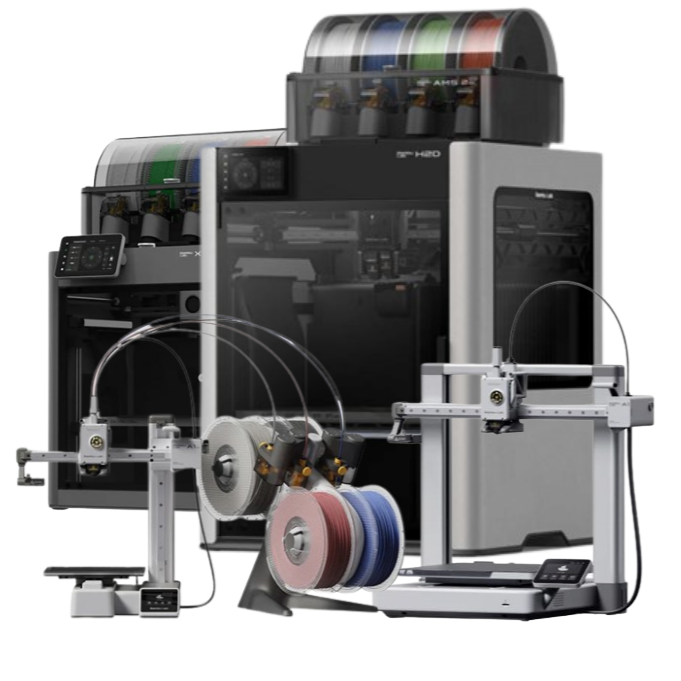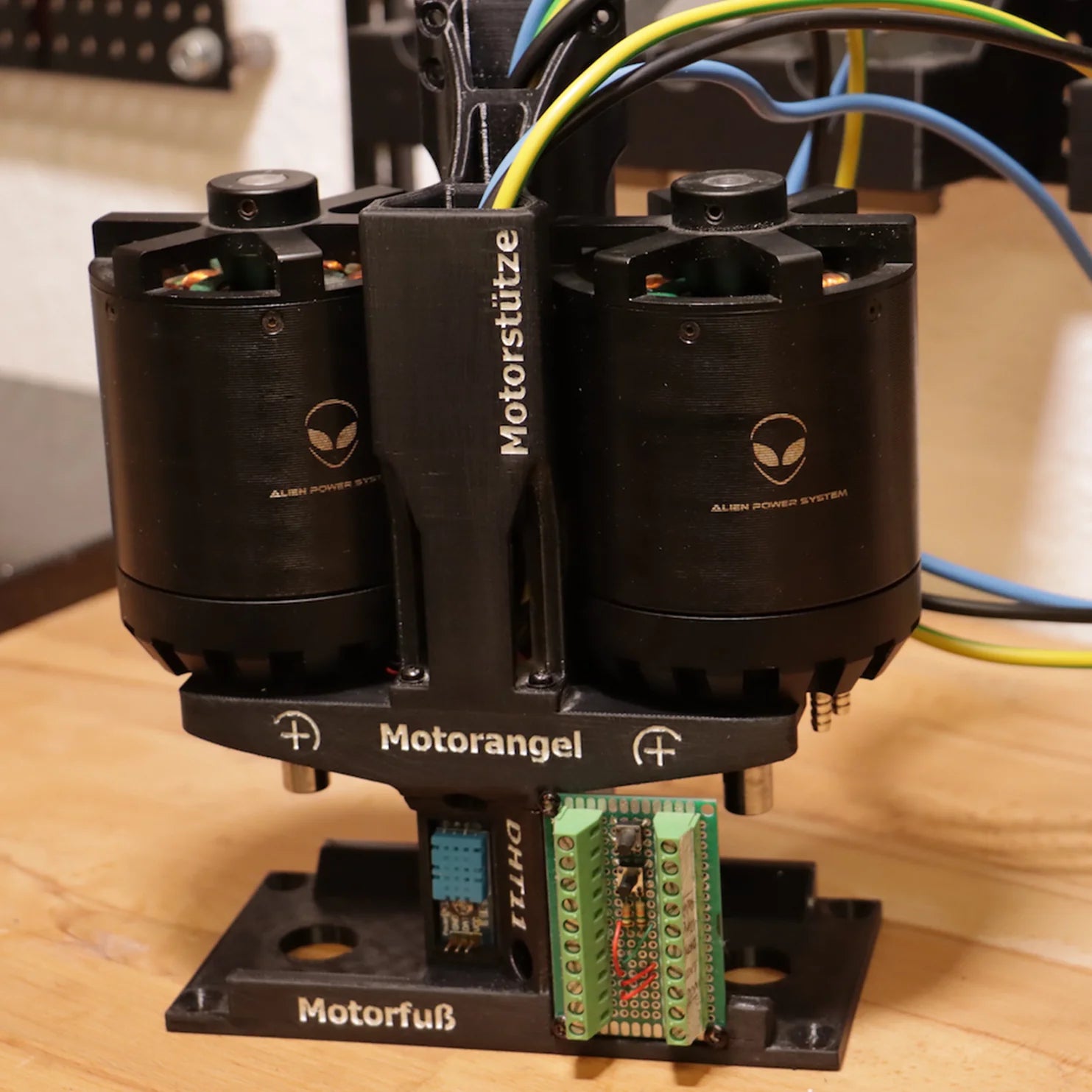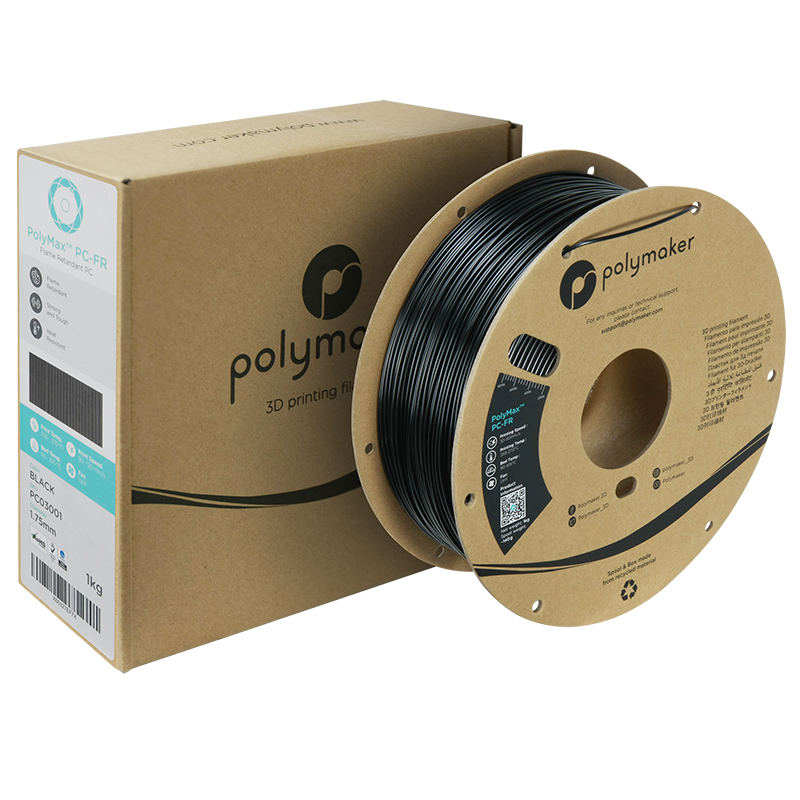Polycarbonate has a lot of internal stress creation when being stretched through a small die (nozzle). You can find out more about this stress creation on our Material Science page.
Essentially, polycarbonate likes to print in a very hot environment in order to cool below its glass transition temperature as slowly as possible. If polycarbonate cools too rapidly - then it is very likely that the layers will "crack" and delaminate.
This means the best environment to print polycarbonate would be in a heated chamber printer where the ambient air is above 90˚C, and then you maintain that heated chamber temperature for 2 hours post printing before allowing to cool slowly to room temperature. This increased air temperature will slow down the release of internal stresses and reduce any chances of delamination.
Since most makers do not have a heated chamber that can get above 60˚C, annealing is required right after your PC print finishes. You will want your oven set to 90˚C and already at its set temperature before the print finishes. Then, the moment your print finishes, you will want to take it and put it directly into that oven.
You may need to transfer the print with the build plate, since removing the print from a very hot build plate can be difficult or not possible.
Leave the print in your oven for at least 2 hours, and then let the oven slowly cool to room temperature before removing the print. This additional time at 90˚C will allow the part to very slowly cool and maintain it's layer adhesion strength.
![iSANMATE High-Speed PLA 3D Printer Filament Rainbow 03 [Fairy Floss] 1kg roll](http://www.formtech.co.nz/cdn/shop/files/High-speed-PLA-Rainbow-1-600x600_70x.jpg?v=1713148368)
![iSANMATE High-Speed PLA 3D Printer Filament Rainbow 02 [Cotton Candy] 1kg roll](http://www.formtech.co.nz/cdn/shop/files/High-speed-PLA-Rainbow-02-2-600x600_70x.jpg?v=1713147902)
![iSANMATE High-Speed PLA 3D Printer Filament Rainbow 01 [Lollipop] 1kg roll](http://www.formtech.co.nz/cdn/shop/files/High-speed-PLA-Rainbow-01-1-600x600_70x.jpg?v=1713147615)



![iSANMATE PLA+ MATTE RAINBOW 01 [Harvest Glow] 1.75mm Filament 1kg roll](http://www.formtech.co.nz/cdn/shop/files/PLA-rainbow-filament-1-600x600_70x.jpg?v=1713145773)

























